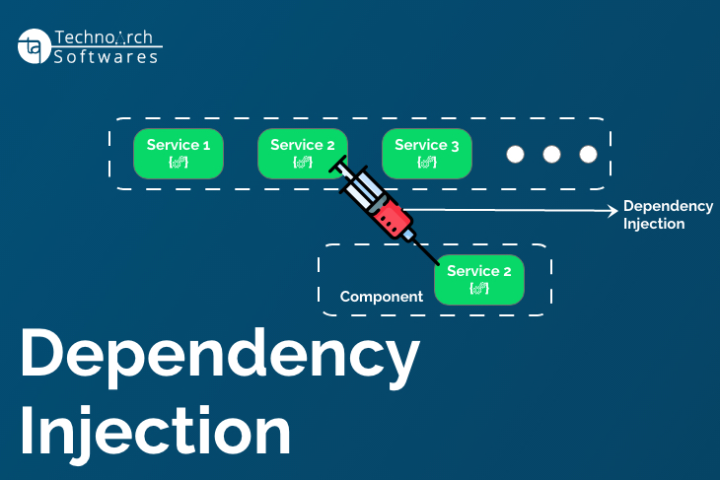Dependency Injection (DI) is a design pattern used in software development to implement Inversion of Control (IoC) between classes and their dependencies. It allows for the decoupling of the creation of a dependency from its usage, making the system more modular, testable, and maintainable.
Key Concepts of Dependency Injection
Dependency: A dependency is an object that another object requires to function. For example, if a class A uses an instance of class B, then B is a dependency of A.
Injection: Injection refers to the process of providing the dependencies to a class. Instead of the class creating its own dependencies, they are injected from the outside.
Example in java :
Step 1 : Define the Dependency Interface
Java
// Repository.java
public interface Repository {
String getData();
}
Step 2 : Provide an Implementation of the Dependency
Java
public class RepositoryImpl implements Repository {
@Override
public String getData() {
return "Hello from Repository";
}
}
Step 3 : Define the Dependent Class
Java
// Service.java
public class Service {
private final Repository repository;
// Constructor injection
public Service(Repository repository) {
this.repository = repository;
}
public String fetchData() {
return repository.getData();
}
}
Step 4 : Main Application
Java
public class Main {
public static void main(String[] args) {
Repository repository = new RepositoryImpl(); // Create the dependency
Service service = new Service(repository); // Inject the dependency
System.out.println(service.fetchData()); // Outputs: Hello from Repository
}
}
